Heel Pain and Plantar Fasciitis Self-Treatment
Heel pain is the most common problem we treat in our Seattle foot clinic. When not treated promptly, it can become a chronic and difficult to treat problem. Although this page provides a treatment program for heel pain that we have found effective, we strongly advise you to see a podiatrist if you don’t have relief within three weeks.
Most heel pain is caused by plantar fasciitis, and the treatment plan below is designed to treat plantar fasciitis. But there are many causes of heel pain besides plantar fasciitis. This makes it even more important that you seek professional treatment if this plan does not eliminate your heel pain within three weeks.
10 Step Home Treatment Plan for Heel and Arch Pain
Try our 10-Step Home Treatment Plan for Heel and Arch Pain for 3 weeks. If you don’t have relief by then, see a podiatrist.
These are the products we recommend to our patients and they are also affiliate links so we may receive a small commission at no additional cost to you if your order from the link.
- Wear stable shoes to prevent pronation that causes increased tension on the plantar fascia. Download our list of recommended shoes here
 . For three weeks, wear these shoes every moment you are on your feet. An example of a great shoe for plantar fasciitis is the Brooks Addiction. You can get both an Addiction Running Shoe and and Addiction Walking Shoe.
. For three weeks, wear these shoes every moment you are on your feet. An example of a great shoe for plantar fasciitis is the Brooks Addiction. You can get both an Addiction Running Shoe and and Addiction Walking Shoe.
- The Addiction is one of our favorite shoes for plantar fasciitis due to the stable heel, midfoot support and ease of using arch supports and orthotics. Both casual and athletic shoes are available. While there are a number of shoes with these features, for our patients with plantar fasciitis we recommend the Addiction the most.
- It is critical to use very stable arch supports in your shoes to take tension off of your plantar fascia and transfer pressure off of your heel. We have found the best arch support for heel pain is the FootChair Podiatrist Designed Adjustable Arch Orthotic.
These arch supports work better for relieving heel pain because they have a more conforming arch. They have an adjustable arch via pads that can be inserted under the cover.
This adjustable arch helps them take more tension off of the plantar fascia and take more pressure of a sore heel. For smaller shoes, such as soccer boots and bicycle shoes, try the PowerStep ProTech 3/4 Length Orthotic.
- Avoid getting arch supports from the stores you hear advertising “custom fit orthotics” on the radio and TV. These stores sell inferior arch supports at severely inflated prices.
- Arch supports have been shown to be much more effective at treating plantar fasciitis than heel pads and heel cushions. So, we recommend avoiding heel cushions and using a good arch support instead when treating sore heels.
- When not wearing shoes use a flip-flop with a built-in arch support. The best ones we
 have found for heel pain are the VionicArch Support Flip-Flops. The key to helping heel pain is to never go barefoot during the three week treatment period. Wear your shoes with arch supports or your arch support flip flops any time you are on your feet for fastest relief of painful heels.
have found for heel pain are the VionicArch Support Flip-Flops. The key to helping heel pain is to never go barefoot during the three week treatment period. Wear your shoes with arch supports or your arch support flip flops any time you are on your feet for fastest relief of painful heels.
- If you have pain in the morning wear a night splint at night for the first two weeks of your treatment. We recommend the Ossur Exoform Night Splint.
 Studies have shown that stretching the achilles tendon daily can help reduce heel pain. Many of our our patients find that they can get a more effective stretch using a ProStretch. It makes it simple to apply a even and consistent stretch.
Studies have shown that stretching the achilles tendon daily can help reduce heel pain. Many of our our patients find that they can get a more effective stretch using a ProStretch. It makes it simple to apply a even and consistent stretch.-
 Use a foot roller once per day for 5 – 10 minutes. Patients with plantar fasiciitis can use the roller to stretch the plantar fascia and increase flexibility. It can be chilled and we recommend that you keep in in the freezer when not in use. Thera-Band Foot Roller
Use a foot roller once per day for 5 – 10 minutes. Patients with plantar fasiciitis can use the roller to stretch the plantar fascia and increase flexibility. It can be chilled and we recommend that you keep in in the freezer when not in use. Thera-Band Foot Roller -
 Ice your sore heel several times per day. Be careful not to freeze your skin. Ice 10 minutes on and 10 minutes off (no ice).
Ice your sore heel several times per day. Be careful not to freeze your skin. Ice 10 minutes on and 10 minutes off (no ice). - Cut down on calories if you are carrying too much weight. Even 5 extra pounds has been shown to dramatically increase foot and heel problems.
- If you are not better in three weeks, see a podiatrist right away. If you are in the Seattle area, make an appointment to see us. You can learn about our best practices approach to treating heel pain here.
Don’t live with heel pain or arch pain. Call today to make an appointment in our convenient Seattle office.





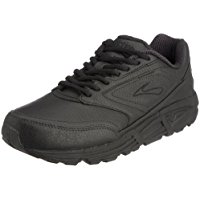
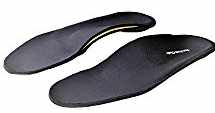
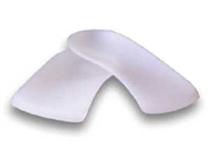
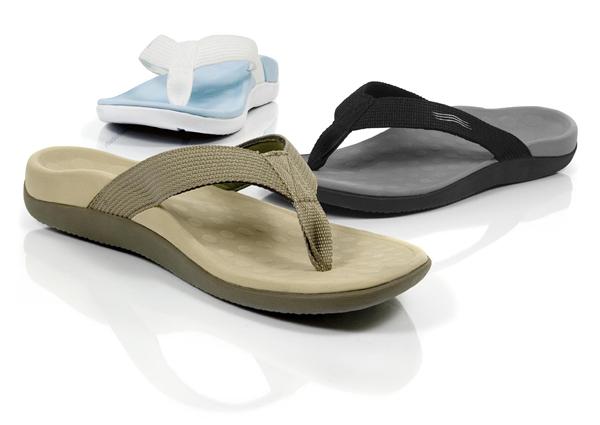
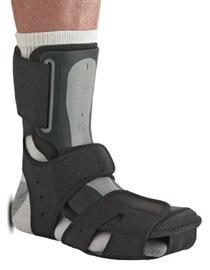
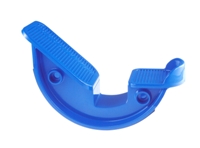
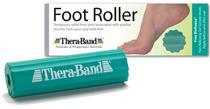
 Ice your sore heel several times per day. Be careful not to freeze your skin. Ice 10 minutes on and 10 minutes off (no ice).
Ice your sore heel several times per day. Be careful not to freeze your skin. Ice 10 minutes on and 10 minutes off (no ice).